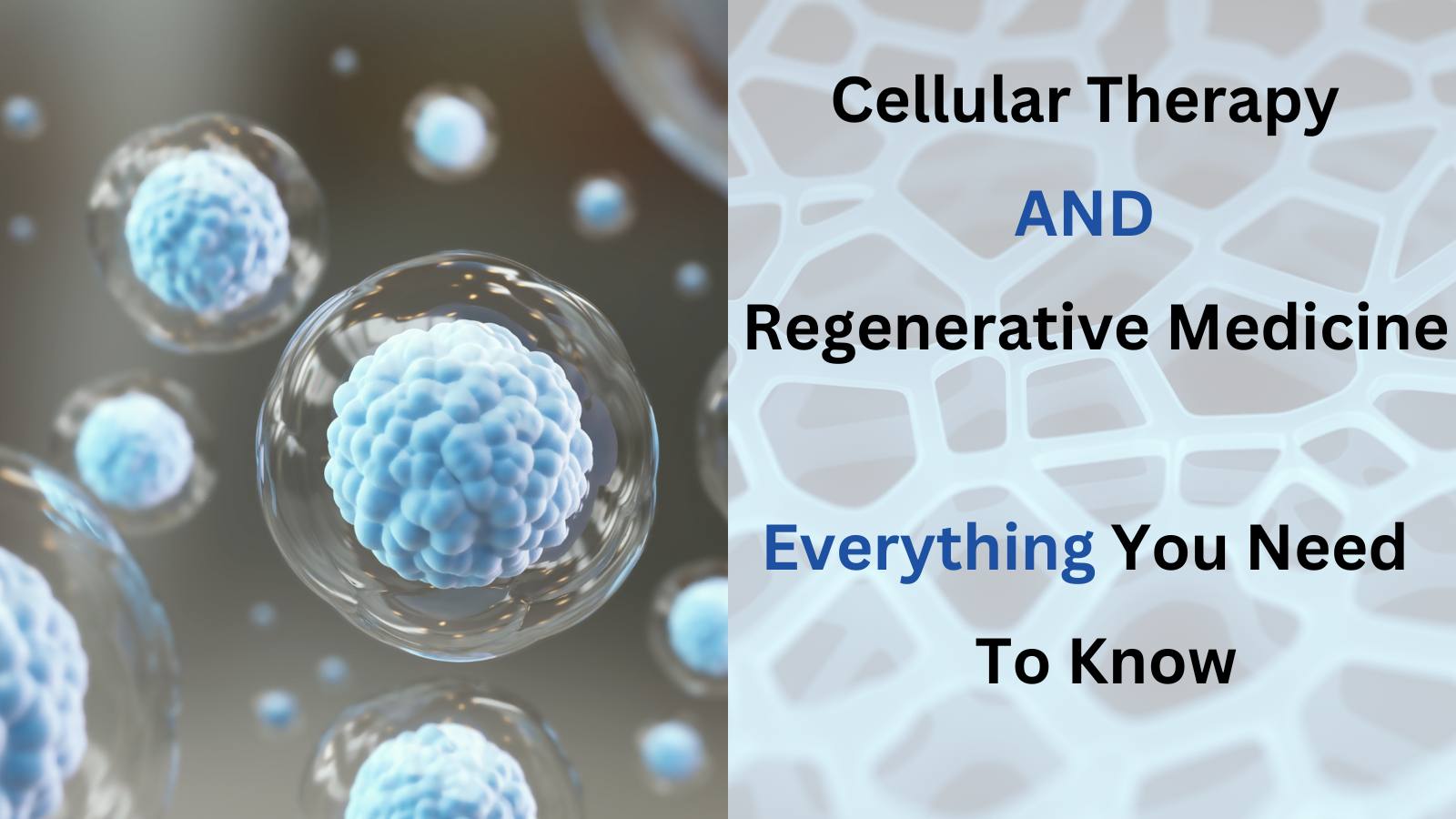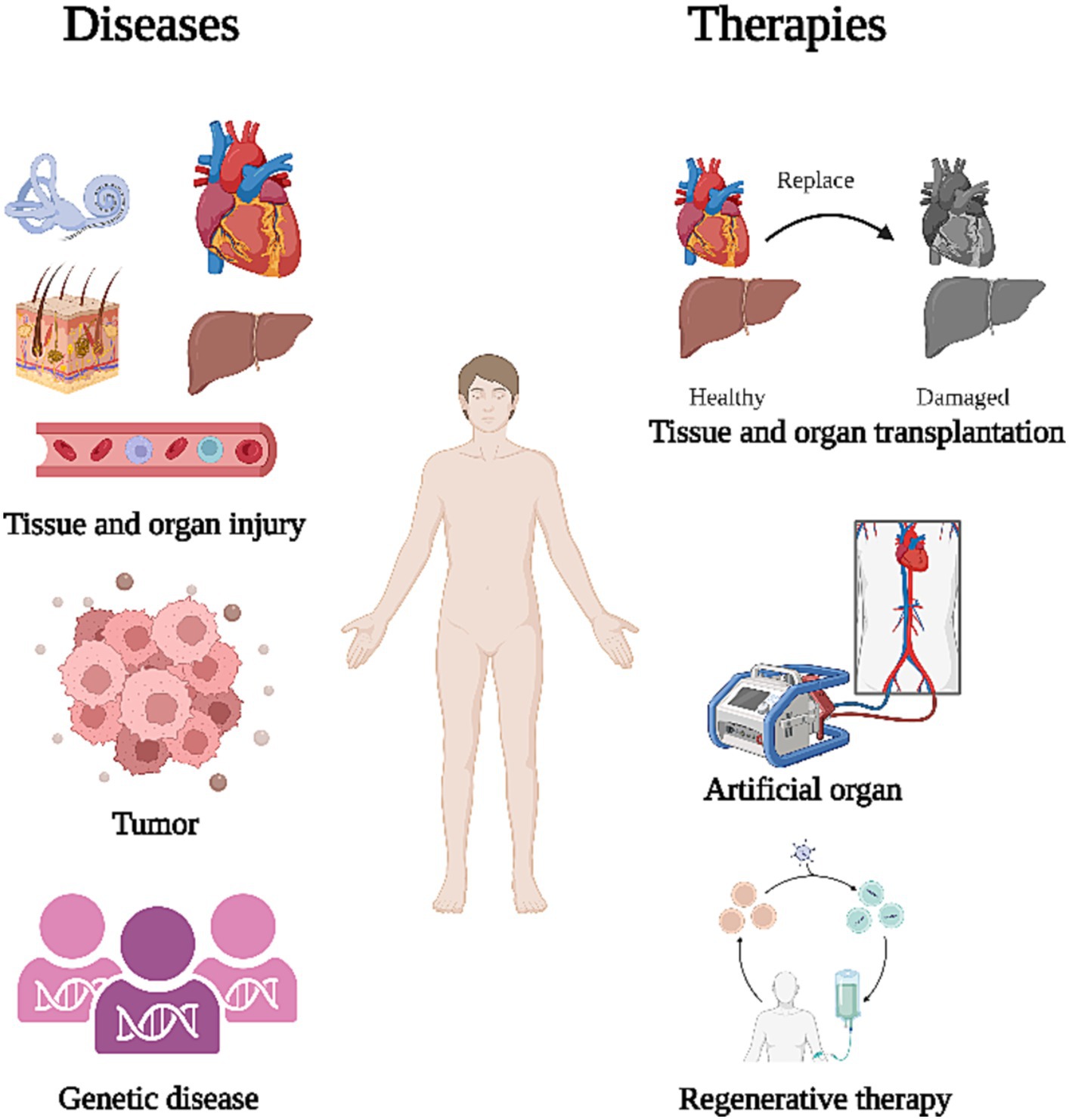Table of Contents

[/image][=video]
[/video]
Many websites used for bone marrow harvesting lie in the hip bones and the sternum. The treatment occurs in the operating area. The benefactor will be anesthetized during the harvest and will not really feel the needle. In recovery, the contributor may experience some pain in the locations where the needle was inserted.

If an autologous transplant is planned, previously gathered stem cells, from either peripheral (apheresis) or harvest, are counted, screened, and prepared to infuse. The preparations for a bone marrow transplant vary depending upon the sort of transplant, the disease needing transplant, and your resistance for sure medications. Think about the following: Most usually, high dosages of radiation treatment and/or radiation are consisted of in the prep work.
This therapy is commonly called ablative, or myeloablative, since of the result on the bone marrow. The bone marrow generates most of the blood cells in our body. Ablative therapy avoids this procedure of cell production and the marrow comes to be vacant. A vacant marrow is needed to include the brand-new stem cells to grow and establish a new blood cell production system.
It is not an operation to place the marrow into the bone, yet is similar to obtaining a blood transfusion. The stem cells discover their means right into the bone marrow and start replicating and growing brand-new, healthy and balanced blood cells. After the transplant, supportive care is provided to avoid and treat infections, adverse effects of treatments, and difficulties.
Medical Group
The days prior to transplant are counted as minus days. The day of transplant is considered day zero. Engraftment and healing complying with the transplant are counted as plus days. An individual may enter the hospital on day -8 for preparative routines. The day of transplant is phoned number no. Days +1, +2, and so on, will adhere to.
The days are numbered to assist the client and household comprehend where they are in terms of threats and discharge planning. Throughout mixture of bone marrow, the patient might experience the following: Pain Chills Fever Hives Upper body pain After infusion, the client might: Invest numerous weeks in the hospital Be really prone to infection Experience too much bleeding Required blood transfusions Be confined to a tidy setting Take multiple prescription antibiotics and various other medications Be provided medicine to avoid graft-versus-host diseaseif the transplant was allogeneic.
Relying on the kind of transplant and the illness being dealt with, engraftment normally takes place around day +15 or +30. Blood matters will certainly be inspected frequently throughout the days complying with transplant to evaluate initiation and development of engraftment. Platelets are generally the last blood cell to recoup. Engraftment can be postponed since of infection, medications, low given away stem cell count, or graft failing.
Bacterial infections are the most common. Viral and fungal infections can be serious. Any infection can create an extended health center remain, avoid or postpone engraftment, and/or reason permanent body organ damage. Prescription antibiotics, antifungal medicines, and antiviral medicines are frequently provided to attempt to stop major infection in the immunosuppressed patient. Thrombocytopenia (reduced platelets) and anemia (reduced red cell), as an outcome of a nonfunctioning bone marrow, can be hazardous and also life-threatening.
Discomfort relevant to mouth sores and gastrointestinal (GI) irritation is usual. High dosages of radiation treatment and radiation can cause severe mucositis (inflammation of the mouth and GI tract). Fluid overload is a problem that can cause pneumonia, liver damages, and high blood pressure. The major factor for liquid overload is because the kidneys can not keep up with the big quantity of liquid being given up the form of intravenous (IV) medications, nourishment, and blood products.
Menopause Therapy servicing Sterling Heights

Respiratory status is an essential function that might be endangered throughout transplant. Infection, swelling of the airway, fluid overload, graft-versus-host condition, and bleeding are all possible dangerous problems that may take place in the lungs and lung system. The liver and heart are vital organs that may be damaged during the transplant procedure.
Failure of the graft (transplant) taking hold in the marrow is a possible problem. Graft failing might take place as an outcome of infection, reoccurring illness, or if the stem cell count of the given away marrow was insufficient to create engraftment. Graft-versus-host condition (GVHD) can be a major and lethal complication of a bone marrow transplant.
Rather than an organ transplant where the individual's body immune system will certainly attempt to reject only the transplanted organ, in GVHD the brand-new or transplanted body immune system can attack the entire client and all of his/her organs. This is due to the fact that the new cells do not identify the cells and organs of the recipient's body as self.

One of the most common websites for GVHD are GI tract, liver, skin, and lungs. Prognosis considerably relies on the following: Kind of transplant Type and level of the condition being treated Condition feedback to therapy Genetics Your age and overall health Your tolerance of certain medications, procedures, or treatments Seriousness of difficulties As with any procedure, in bone marrow transplant the diagnosis and lasting survival can vary substantially from individual to individual.
Regenerative Therapy servicing Sterling Heights, Michigan
Continual follow-up treatment is vital for the person following a bone marrow transplant. New techniques to boost therapy and to decrease issues and negative effects of a bone marrow transplant are consistently being uncovered.
Regenerative medication therapies can be separated into 3 classifications: promote recovery by injecting or positioning live cells into the patient. Examples of mobile treatment consist of PRP and stem cell therapies, which can be made use of to treat tendinopathy and various other sports injuries.
Peripheral nerves, for example, consist of Schwann cells, nerve fibroblasts, and immune cells, each playing a role in nerve regeneration, as discussed here. Stem cell treatment is one of the most thoroughly investigated and appealing branches of cell regeneration treatment. Some cells, such as epithelial cells in the skin or the cellular lining of the intestinal system, have a high turnover turn over price can regenerate quicklySwiftly
Navigation
Latest Posts
Perimenopause Treatment
Medical Group
Stem Cell Therapy